【FOCUS】 Promote Cultural Heritage Protection And Urban Development
With rapid urbanization and large-scale construction, urban cultural heritage and its environment have also been threatened. Culture can show the soft power of a city and promote the sustainable development of hard power. Promoting urban cultural diversity can enhance the vitality of a city and provide a basic value orientation for urban development. SDG11 also mentions that building a sustainable city requires the protection of local cultural heritage. This week's IN FOCUS, we will introduce five innovation cases that make cities sustainable through cultural construction.
Gunsan, South Korea
Gunsan City’s Old Downtown Regeneration Project
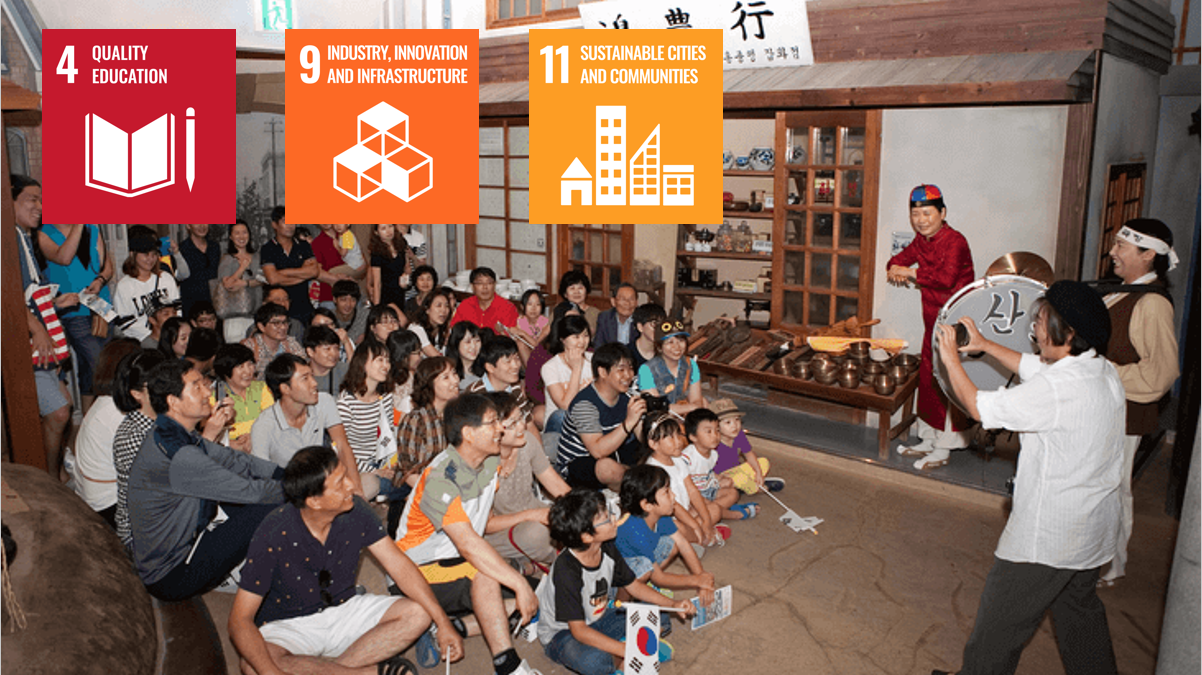
In 1993, the national government removed a number of heritage buildings to eliminate the remains of Japanese colonial rule, however Gunsan City decided to preserve them for education purposes for future generations and to utilise them as a tourist opportunity.
Gunsan City’s Old Downtown Regeneration Project relies on the participation of residents to build community pride which in turn improves the quality of life for all citizens. The project has established the Gunsan Modern History Museum and preserved cultural heritage in 172 locations. The Gunsan City Regeneration Support Centre supported by the residents’ council has initiated a number of communities led projects and conducts lifelong education courses for citizens.
More info:
https://use.metropolis.org/case-studies/gunsan-citys-old-downtown-regeneration-project
Delhi, India
Aga Khan Trust for Culture, Nizamuddin Urban Renewal Initiative
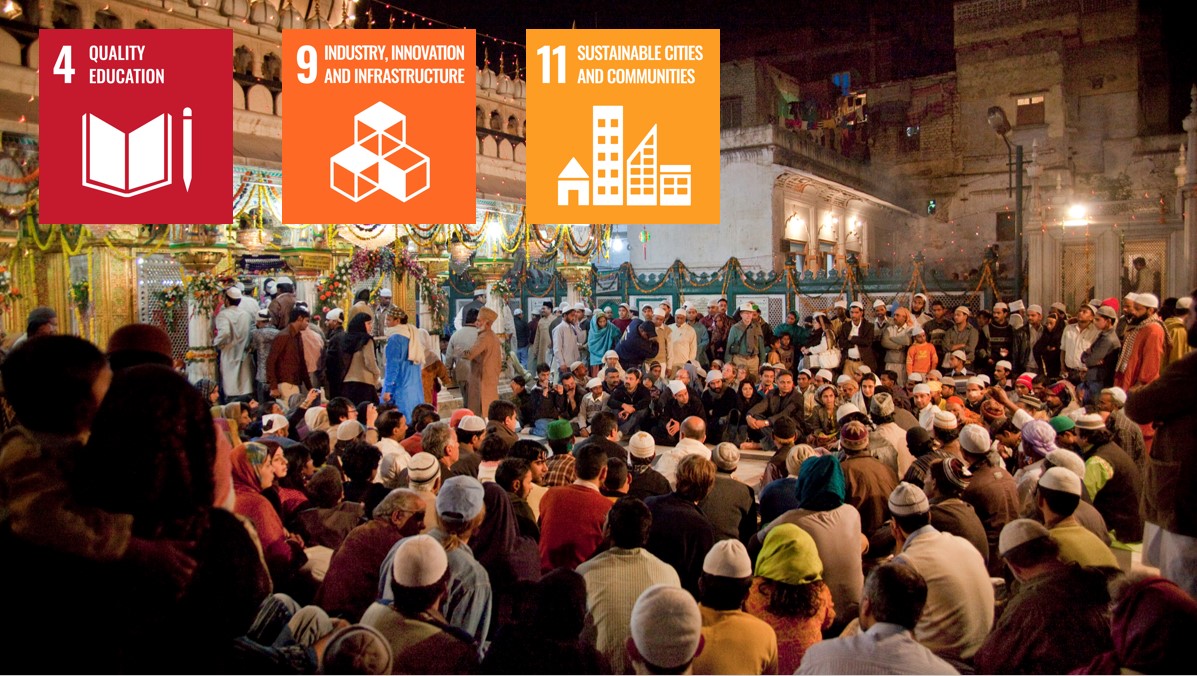
The areas of Hazrat Nizamuddin Basti, Sunder Nursery and the World Heritage Site of Humayun's Tomb are part of the Nizamuddin heritage site. This site is located in a densely populated historic district of Delhi. The aim of this project is to integrate the three zones into a unified area of cultural significance. Beyond that, the project intends to bring up socio-economic improvements for the local population as well as urban development and environmental protection concerns. The project led to the establishment of various basic community facilities like toilets, schools, and Healthcare centers. Various parks have also been landscaped to the needs of the residents of the Basti.
More info:
Jakarta, Indonesia
Revitalizing cultural heritage in Jakarta’s historic Kota Tua neighborhood
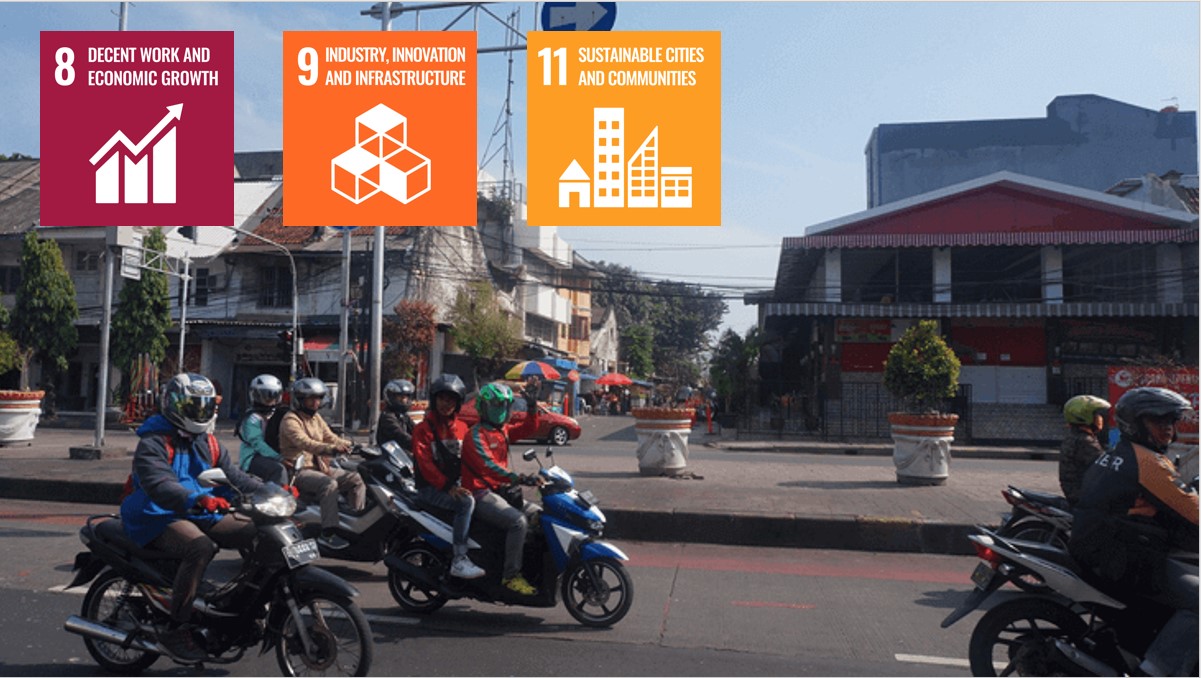
Kota Tua is located in the historic heart of Jakarta and contains a number of cultural heritage sites. These include buildings and canals that were constructed during the 17th and 18th century colonial period. These sites serve as tourist attractions and contribute to the city’s economic, social and cultural growth.
Despite its rich cultural heritage, the area has declined as it suffers with poor infrastructure and service provision. The city government of Jakarta has instituted a comprehensive development plan to renew the neighbourhood’s vibrant atmosphere, improve the standard of living for citizens and revitalize the economy.
More info:
Eskisehir, Turkey
Eskisehir City Memory Museum
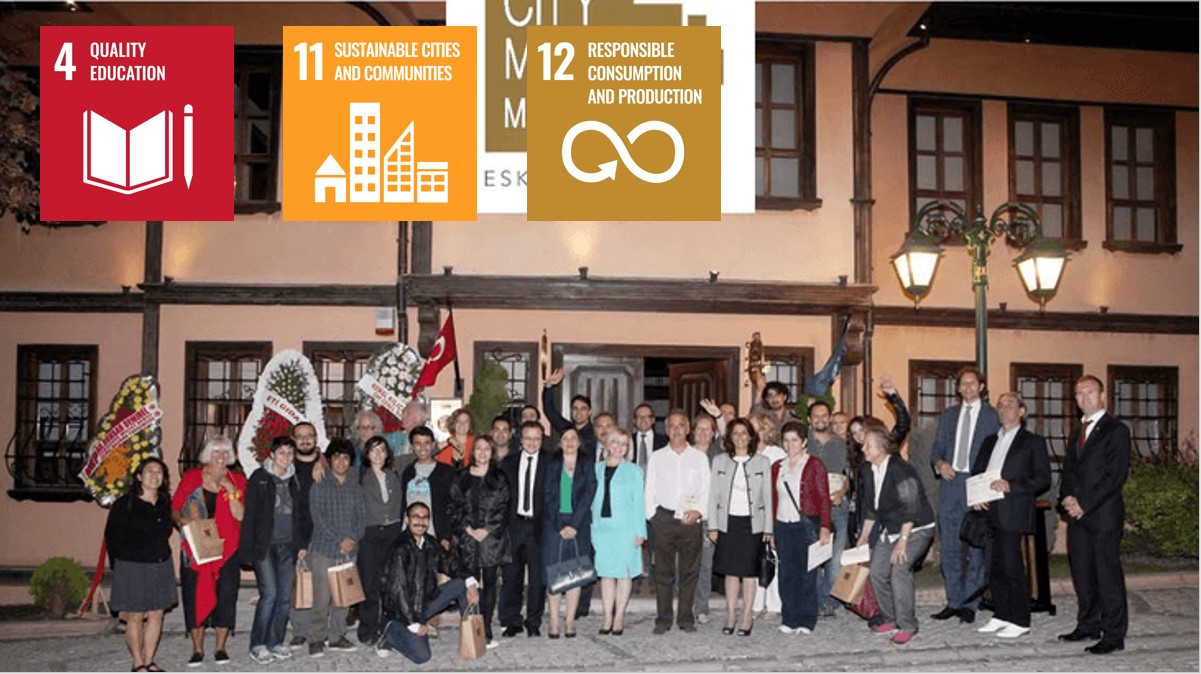
Eskishir has created a Memory Museum that combines museology with modern technology. The project focuses on enabling citizens to establish and nourish ties with their culture through digital recordings of oral histories. These recordings are captured through interviews with scholars and other experts about Eskisehir’s history and cultural heritage. The museum features arts, ethnic culture, education, sports, economy, fauna and flora and personal experiences. The museum incorporates and curates participation through competitions, library collections and child-oriented activities, and it intends to continue as a living and continuously self-renewing museum.
More info:
https://use.metropolis.org/case-studies/eskisehir-city-memory-museum
Busan, South Korea
Sandokdoro Renaissance Project
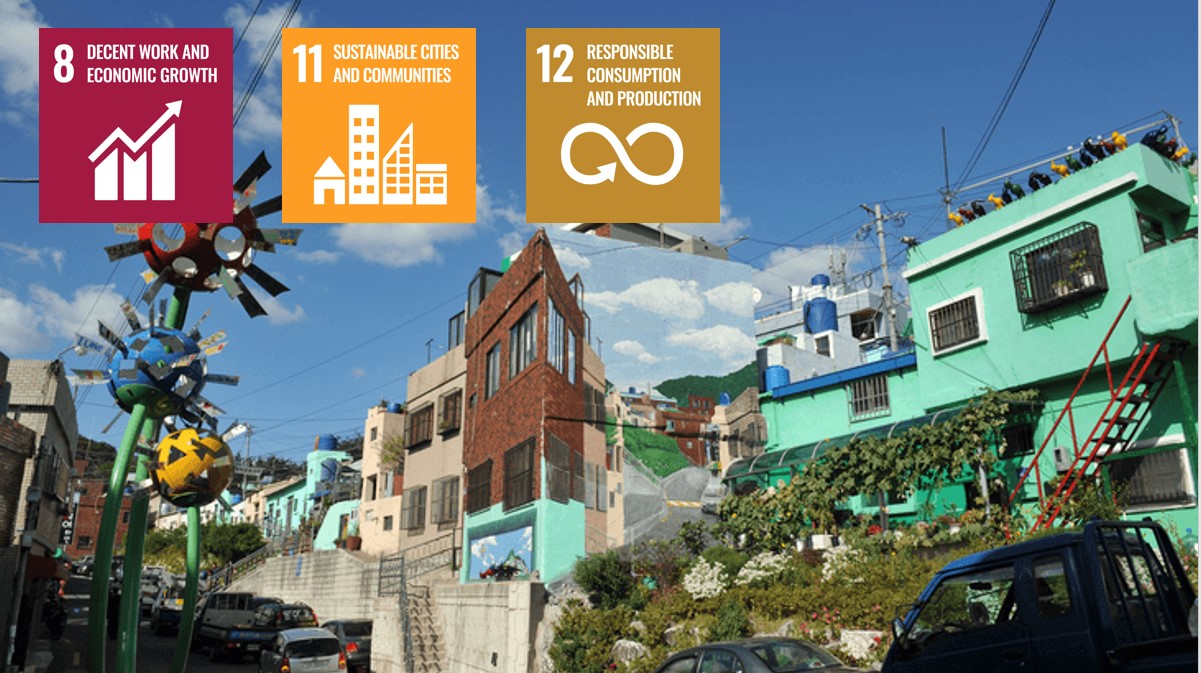
Due to its geography, the hillside residential area of Sandokdoro is not easily accessible and lacks public and cultural facilities, as well as other amenities. Busan Metropolitan City launched the integrated urban regeneration of a hillside town. The project intends to include people from all walks of life to preserve its unique spatial, cultural, landscape and historical assets while improving the neighborhood environment and revitalizing the area´s economy.
The first project area called “Empty Houses with Theme” was designed to turn some of the area´s abandoned houses into photo galleries, book cafés or small-sized exhibition halls. The second project area is called “Alleyway Regeneration”. Local residents and students are able to install their own works of art on every corner of the alleyways that curve their way through the neighborhoods. They also make maps that tourists can use to find the artwork as they look around the villages.
More info:
https://use.metropolis.org/case-studies/sandokdoro-renaissance-project
Originally published on use: urban sustainability exchange. use is an open knowledge exchange platform dedicated to sustainable city making.
Visit use: https://use.metropolis.org/


 In Focus | World Cities Day: People-Centred Smart Cities
In Focus | World Cities Day: People-Centred Smart Cities City Stories | Fostering community resilience: A lifeline for the Central African Republic
City Stories | Fostering community resilience: A lifeline for the Central African Republic In Focus | Innovative Education, Empowering Futures
In Focus | Innovative Education, Empowering Futures




















 Tel: +86 020 3780 4434
Tel: +86 020 3780 4434 Email: info@guangzhouaward.org
Email: info@guangzhouaward.org Adress: Unit 01-7, 28th Floor, No. 7, Chunrong 3rd Road, Tianhe District, Guangzhou, Guangdong, 510000, PRC
Adress: Unit 01-7, 28th Floor, No. 7, Chunrong 3rd Road, Tianhe District, Guangzhou, Guangdong, 510000, PRC




